Joyce Wieland (1930–1998) created powerful art that was politically engaged with issues of war, gender, ecology, and nationalism, while also maintaining a humorous sensibility. Highly original in her approach, Wieland utilized a wide range of materials, media, and subject matter in her work to generate new forms of meaning and aesthetic impact. She was a pivotal figure in Canadian art during the 1960s and 1970s, and her art continues to be influential. For more on Joyce Wieland read Johanne Sloan’s Joyce Wieland: Life & Work.
Johanne Sloan is a Professor of Art History at Concordia University in Montreal. She has written extensively about Joyce Wieland, the visual culture of Expo ’67, and landscape art and aesthetics. She is the principal investigator for the collaborative research project Networked Art Histories: Assembling Contemporary Art in Canada.
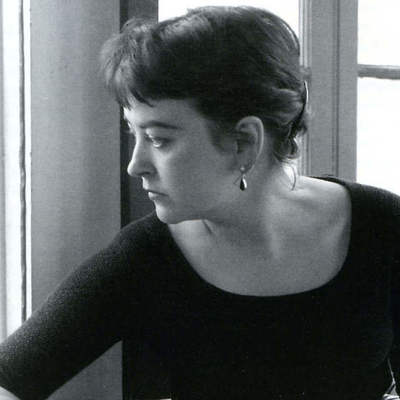
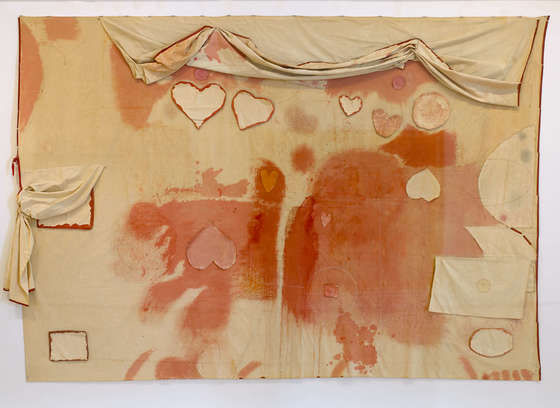
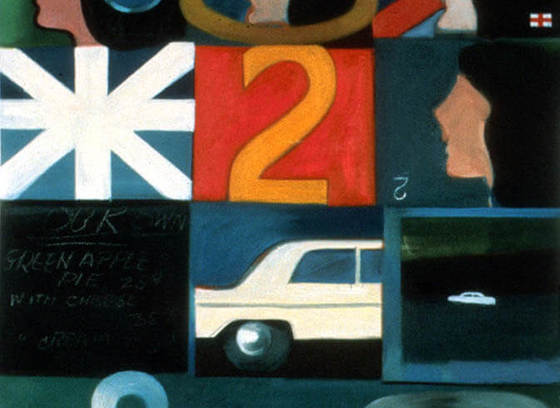
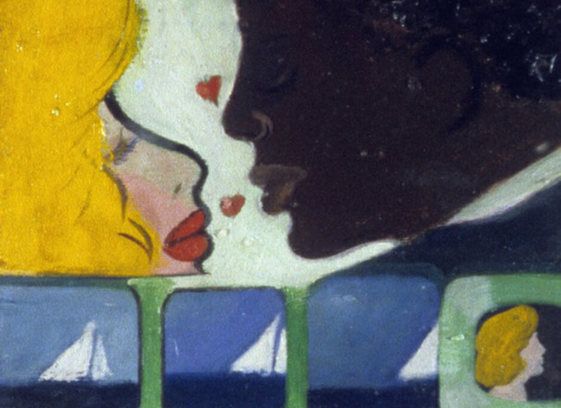
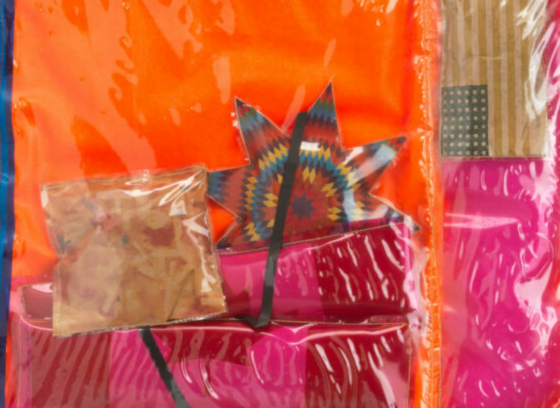
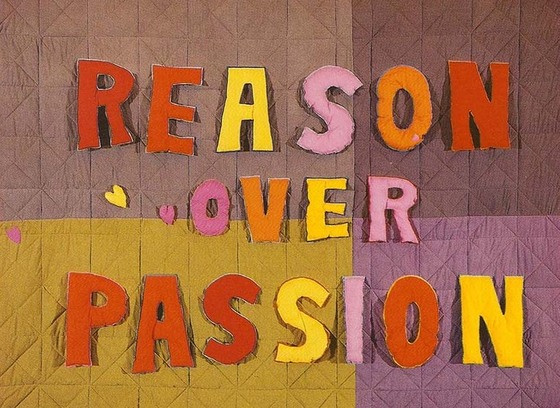
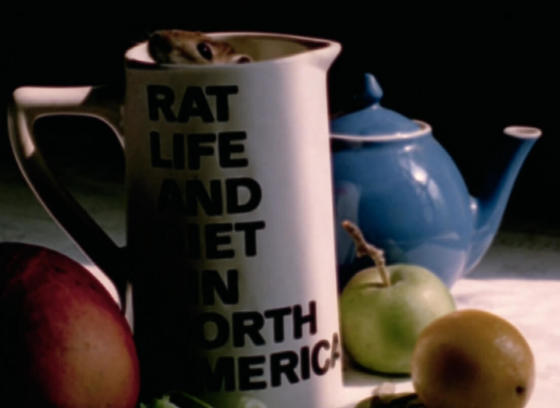
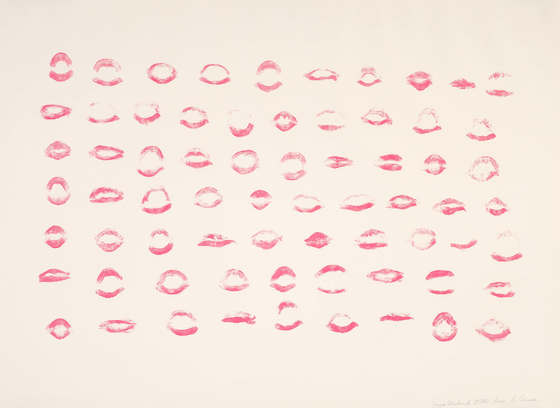
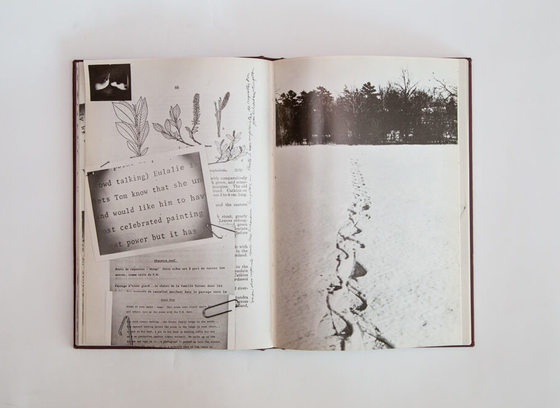
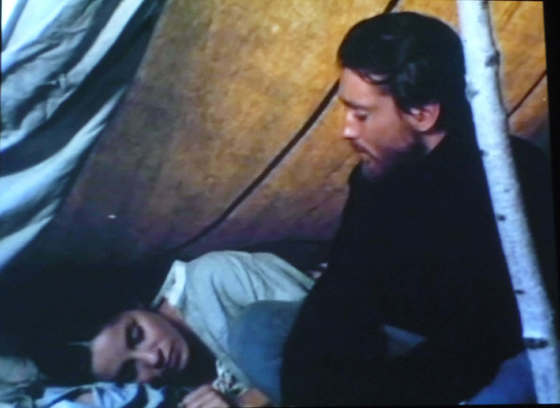
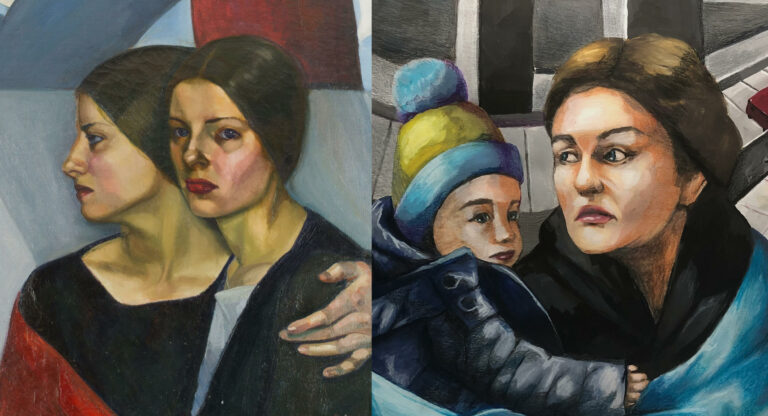 The 2023 Canadian Art Inspiration
The 2023 Canadian Art Inspiration 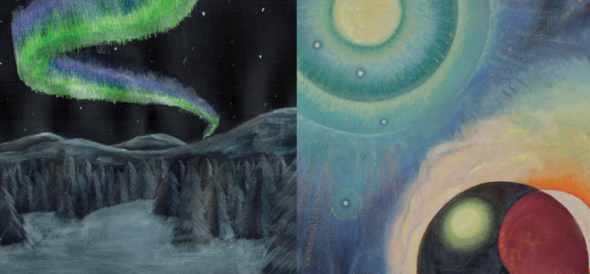 The 2022 Canadian Art Inspiration
The 2022 Canadian Art Inspiration 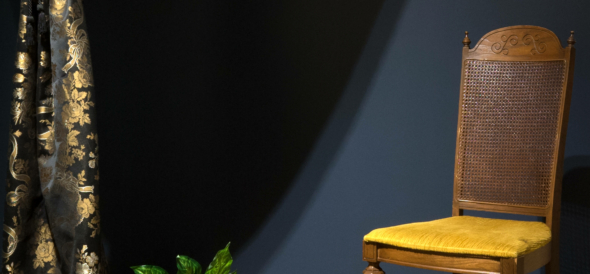 Autumn Tigers
Autumn Tigers
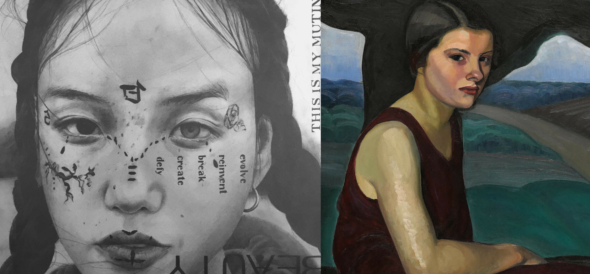 The 2021 Canadian Art Inspiration
The 2021 Canadian Art Inspiration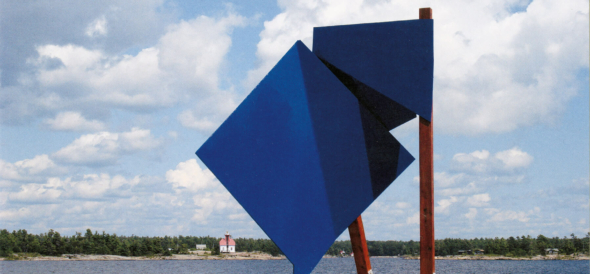 Mastery in Metal
Mastery in Metal
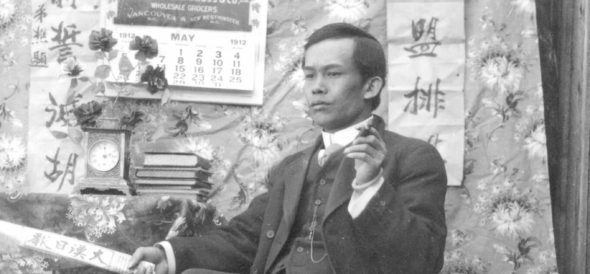 Through the Lens of C.D. Hoy
Through the Lens of C.D. Hoy
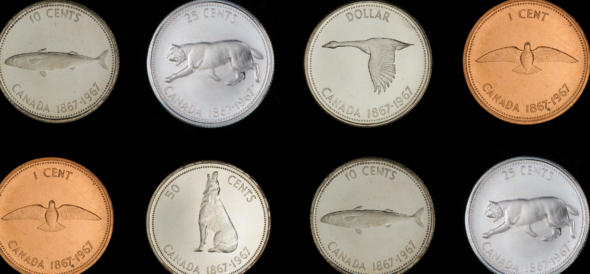 The Measure of Nature:
The Measure of Nature: 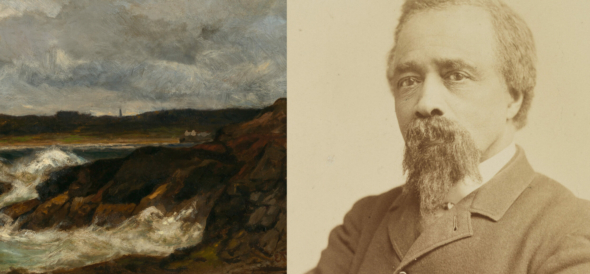 Artist and Abolitionist
Artist and Abolitionist
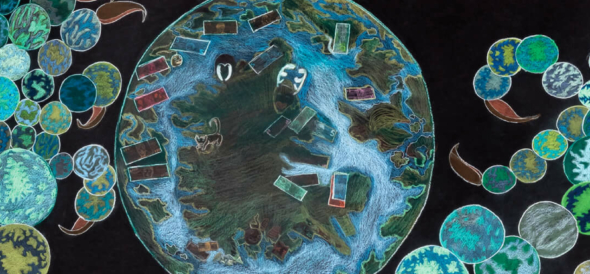 Shuvinai Ashoona: Mapping Worlds
Shuvinai Ashoona: Mapping Worlds
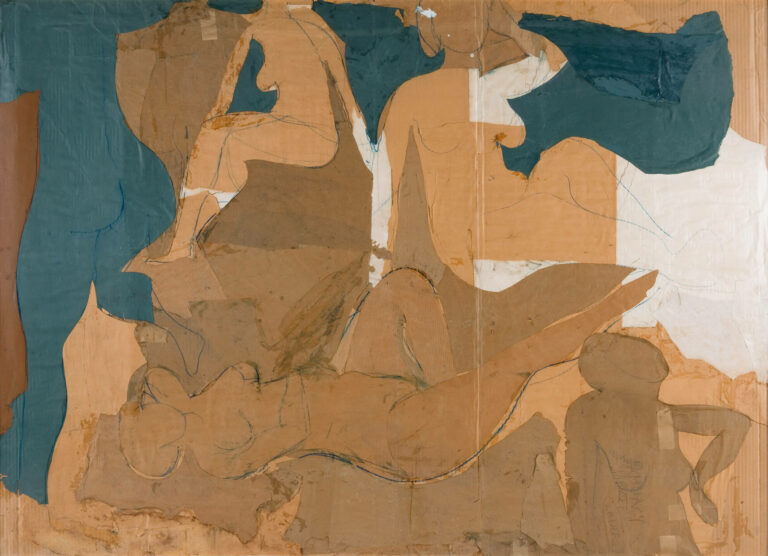 Early Snow: Michael Snow 1947-1962
Early Snow: Michael Snow 1947-1962
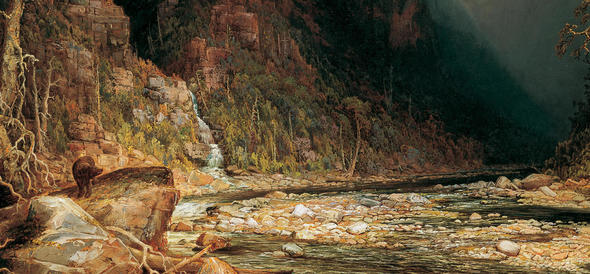 Close to Home: Homer Watson’s Canadian Landscape Painting
Close to Home: Homer Watson’s Canadian Landscape Painting
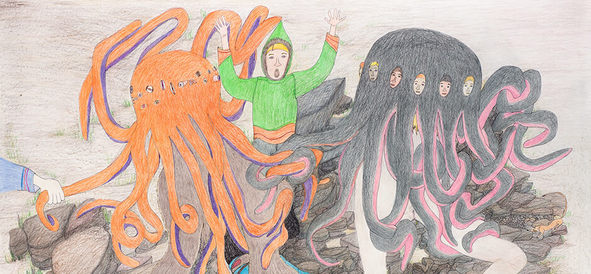 Shuvinai Ashoona: Re-Imagining the World
Shuvinai Ashoona: Re-Imagining the World
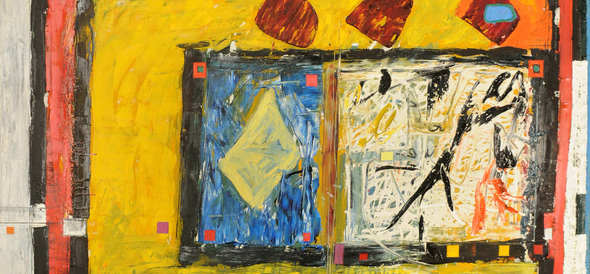 Harold Town: Art of Evolution
Harold Town: Art of Evolution
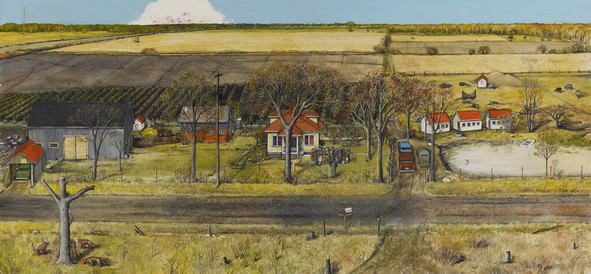 William Kurelek’s Art of Rapture and Reminiscence
William Kurelek’s Art of Rapture and Reminiscence
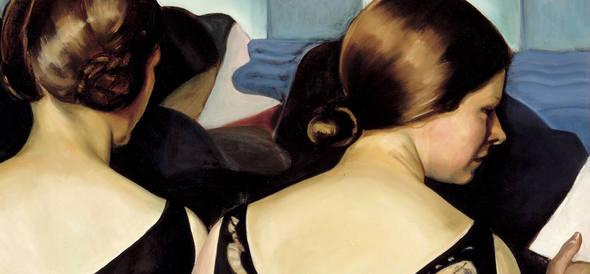 Prudence Heward’s Modern Women
Prudence Heward’s Modern Women
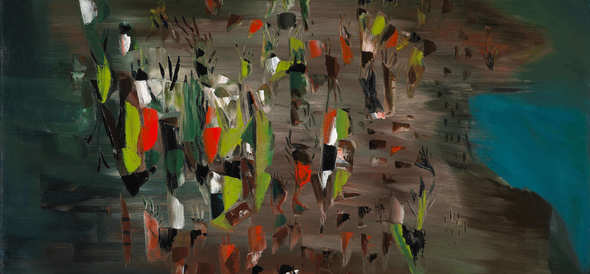 Paul-Émile Borduas’s Abstract Revolution
Paul-Émile Borduas’s Abstract Revolution
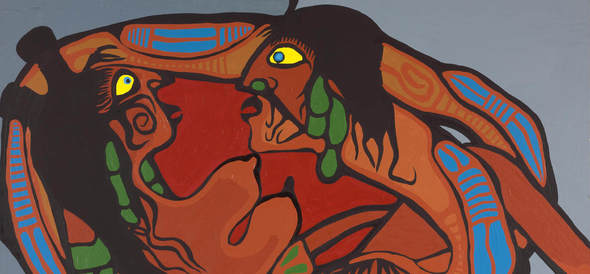 Norval Morrisseau’s Spiritual Vision
Norval Morrisseau’s Spiritual Vision
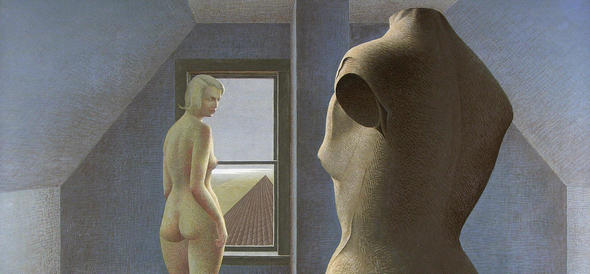 Alex Colville: An Everyday Order
Alex Colville: An Everyday Order
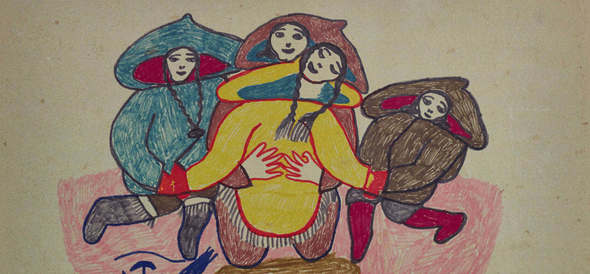 Shared History: The Drawings of Pitseolak Ashoona
Shared History: The Drawings of Pitseolak Ashoona